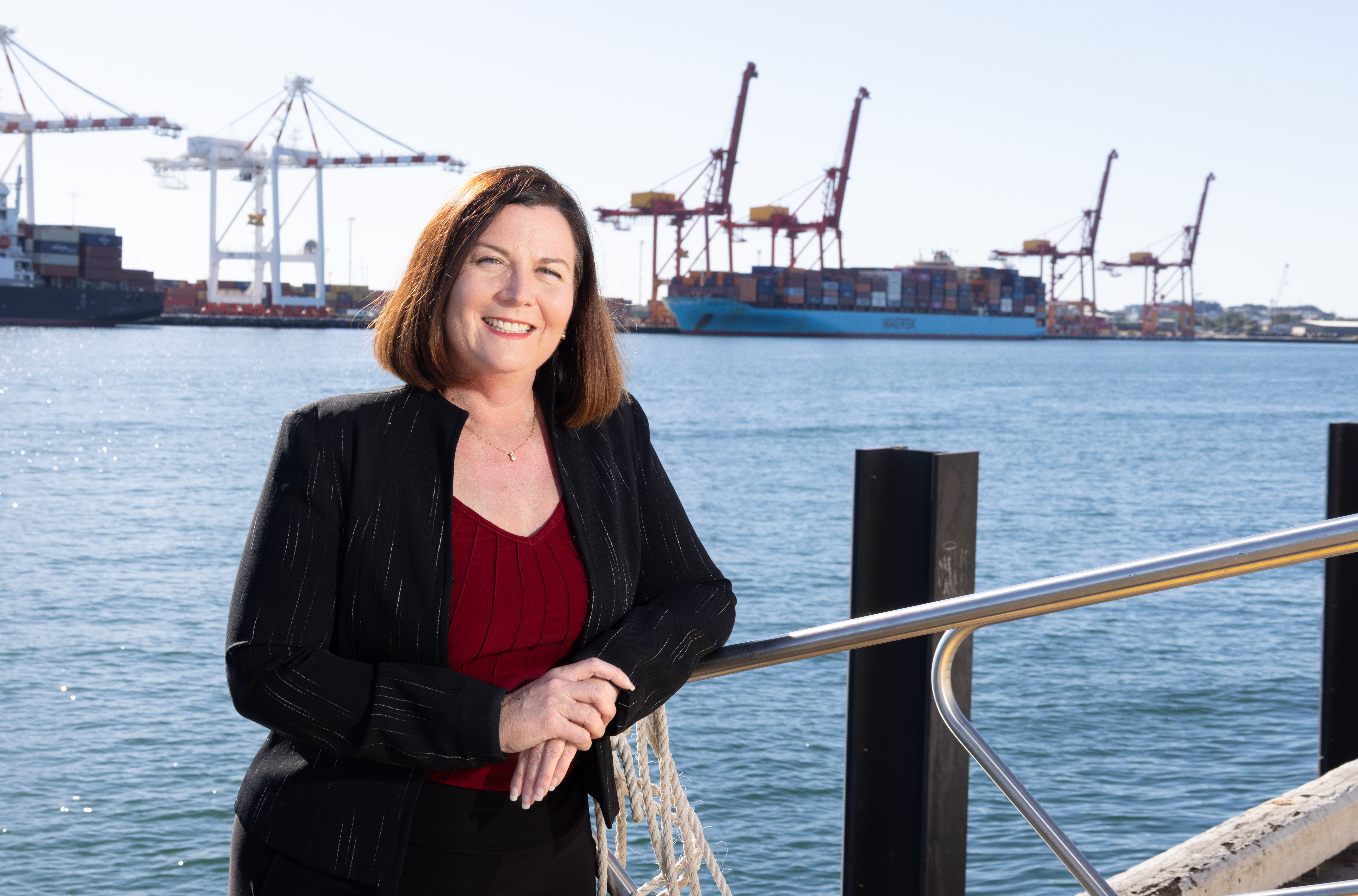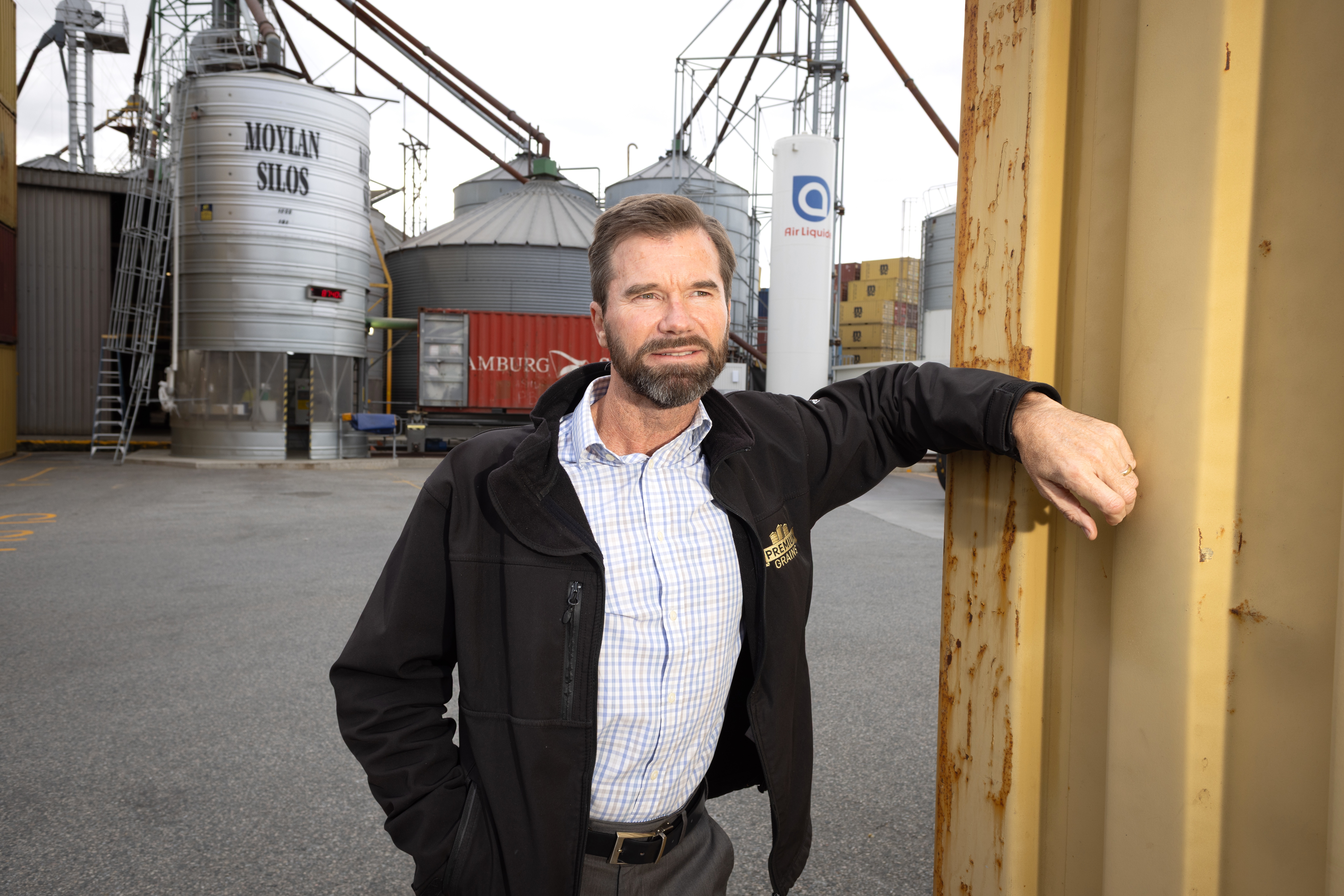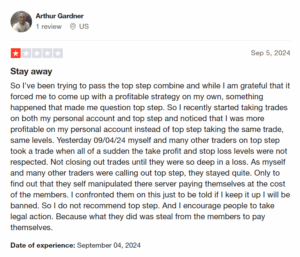State-owned Fremantle Ports first flagged its plan to increase ship and cargo charges for users of its namesake facility in May, but only now has a storm erupted around them.
The WA government is in the early stages of its preparations for Westport – a generational port project slated for Cockburn Sound that is slated, at this stage, for arrival in the late 2030s to take the load off the ageing Fremantle infrastructure.
In the meantime, the historic port at Fremantle requires investment.
The state plans to spend $88 million over the coming five years to strengthen its ageing inner harbour infrastructure, in support of larger vessels and higher volumes of traffic that are now common at the bustling Freo facility.
That’s part of a broader $360 million allocated across the forward estimates for investment at North Quay, Victoria Quay and Kwinana port.
To support the rollout, Fremantle Ports will increase its fees – the aforementioned plan initially slated for July but shifted to October to allow further consultation with industry.
Below are some of the key changes to the port charges that have prompted a predictably strong rebuke from the shipping sector.

In a scathing release on Monday, industry body Shipping Australia lashed the changes – claiming they were a “cash grab which would “punch the pockets of importers, exporters, farmers and everyday families”.
“Our members are, of course, frustrated and annoyed at this unwarranted, unjustified, unexpected, and intrusive cash-grab,” the group wrote in an unattributed statement.
“Our members have already signed contracts that will they honour, so, of course, these huge Fremantle Ports’ fee hikes will affect their bottom line, and they, of course, are very upset about it – as any business would be.”
Fremantle Ports is in itself a business, and the need to support the planned upgrades has been cited as cause for the fee hikes.
Its chief executive Jodie Ransom issued a statement, reiterating the port’s service pricing was comparable to other capital city ports and essential to continued operation.
“Over the past five years, Fremantle Ports has predominantly kept fee increases significantly below CPI and absorbed rising costs associated with the business,” Ms Ransom said.
“Looking to the future, Fremantle Ports is making significant investments in upgrading and building new infrastructure as a critical step to maintaining and enhancing the quality of our services.
“This proactively ensures the port remains efficient, resilient, and capable of meeting future trade demands and customer expectations.”
Depending on who you ask, the impacts of the increases will be either minimal or significant on the overall supply chain costs of doing business.
Shipping Australia falls firmly into the latter category.
It has accused the port authority of operating without transparency and imposing charges without proper consultation.
“Ocean shipping companies understand, probably better than most companies, that asset-heavy companies need to invest large amounts of hard cash to keep their assets up to standard,” Shipping Australia’s statement said.
“But this should be done carefully, not chaotically, in a controlled and considered way.
“Fremantle Ports’ diktat is so shocking because it unexpectedly imposed massive hikes on customers out-of-the blue.
“Sure, Fremantle Ports will claim it engaged in consultation, but massively hiking unchallengeable fees by imperial diktat isn’t consultation, it ain’t even notification.
“It’s dictation. And that’s just not on.”
The industry has called on Premier Roger Cook’s intervention, and warned that it will have no choice but to pass the costs onto its customers.
The port maintains that customers and industry groups were consulted – pointing to its decision to delay the implementation of its new fee structure from the beginning of July to the start of October.
Landside strain
It is not just shipping companies that are rallying against the cost of doing port-related business, and a perception of imbalance between fee setters and takers.
Landside operators tasked with moving shipping containers to and from the port facilities around the country – including at Fremantle – are waging war against rising and unregulated costs.
Those costs – charged to trucking companies to access terminals and then return empty containers – appeared around a decade ago and have increased substantially since.
They are set and charged by stevedoring companies and container park operators, and not the state government.
At Fremantle, the stevedores are Dubai-based DP World and Australia’s Patrick Terminals, and the fees are a key concern for the Freight & Trade Alliance.
Data collated by the FTA shows relatively modest year-on-year increases to terminal access charges at Fremantle Ports, save for a 42 per cent year-on-year hike at Patrick between 2023 and 2024.
Access for an import container currently costs $91.55 through Patrick and $52.92 through DP World – both up 5 per cent in 2025 from the 2024 charge.
Across the nation increases have trended higher, and the FTA estimates that $2 billion was levied through terminal access charges between 2021 and 2024.
On the other side of the equation is the cost of parking empty containers back at the port – a $5.50 fee in 2016 which has increased to maximums well above $100 as of this year.
In announcing its 2025 fee structure nationally late last year, Patrick pointed to its significant national investment pipeline – in the order of $80 million this year – as justification for its terminal access changes.
“This will support continued efficient landside service levels for our landside customers and Australian shippers,” it said.
DP World forecast national infrastructure capital spending in the order of $600 million between 2023 and 2026, when it increased its 2024 terminal access prices.

Amanda Bradfield said fees at both ends of the container trucking process were squeezing landside operators. Photo: Michael O’Brien
The FTA said the state ownership of Fremantle Ports and its regulatory oversight mean the issue was not as prevalent in the west as it was in the east, but that the impacts were still felt by end users and businesses.
“Terminal access charges and empty container park notification fees are a double whammy for trucking operators, who are being squeezed by rising costs from both container parks and stevedores,” FTA’s head of international freight and logistics Amanda Bradfield told Business News.
“While these charges are directed at transport operators, in practice they’re passed down the chain and ultimately paid by importers and exporters, meaning higher supply chain costs that can translate into increased prices on supermarket shelves.”
Trucking operators feel the stevedore charges should be negotiated with shipping lines – a move which would no doubt lead to further outcry from the shipping companies on the ocean side of the harbour – those currently rallying against the state-owned port authority’s fee increases.
“This would remove the need to impose charges on third parties who have no contractual relationship and no ability to influence the service or its cost,” Ms Bradfield said.
Both the Australian Competition and Consumer Commission and the Productivity Commission have taken note of the price increases in recent years.
In its 2023-24 container stevedoring report, the ACCC noted scepticism from freighting companies and importers over the use of landside charges to deliver upgrades.
It identified market failures and endorsed calls for a policy or regulatory response to oversee landside charges – in line with a similar call from the Productivity Commission in 2023.
“Container terminal operators have exercised their market power by increasing fees and charges to transport operators,” the Productivity Commission wrote.
“These increased fees and charges will be passed on to cargo owners and, for imports, to Australian consumers.”
Those calls are yet to be heeded by federal policymakers.
On-ground impact
The ACCC’s report into landside access fees noted agriculture as a particular pressure point when it came to terminal access fee impacts.
As a relatively low-value, high-volume commodity, grain was singled out by the ACCC as an area of particular risk, with disproportionate impacts on its exports versus those of higher value, like electronics or downstream materials.
One grain exporter was quoted by the ACCC, warning that fee hikes on the scale of those recorded on the east coast in 2023 and 2024 could wipe out profitability entirely if sustained over the coming three years.
Fremantle-based Premium Grain Handlers is one exporter feeling the pinch, according to its managing director John Orr.
“It is our single biggest cost in our export supply chain now, which is absolutely ridiculous,” he told Business News.
“The booking fee is higher than the cost of us hiring a truck and putting the container on it, to take it to the port.
“It is actually even higher than the cost of freighting it to China at the moment – these booking fees are a significant cost.”
Mr Orr said the booking fees were charged through an online system introduced around a decade ago to allow the stevedores to better manage their workflow and make it more efficient.
“Over time, they’ve worked out that they can increase that fee, which has gone from zero, eight or nine years ago, to a significant cost now,” he said.
“It’s costing our industry a lot of money, and it’s costing farmers, effectively, a lot of money.
“The difficulty is, because there’s an oligopoly – there’s only the two operators and they both do this – the fees aren’t going up with inflation, they’re going up around ten times the inflation amount.”
Mr Orr said the fees hit Premium Grains’ bottom line to the tune of “over a million dollars a year, that didn’t exist eight years ago”.
He is concerned that Australia’s international competitiveness as a grain exporter will suffer because of the flow on effects of rising costs.
The underlying cost squeeze is a common theme on all sides of the debate, from the stevedores and port operator touting their investment pipelines to the trucking and shipping operators protesting rising fees.
The broader trade implications of that trend remain to be seen.

John Orr at Premium Grain Handlers’ Fremantle facility. Photo: Michael O’Brien








